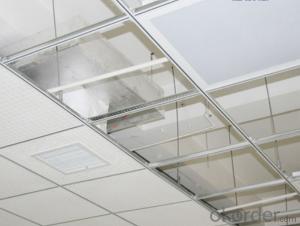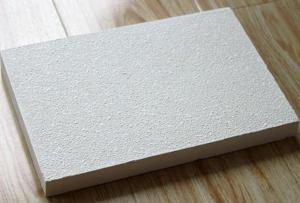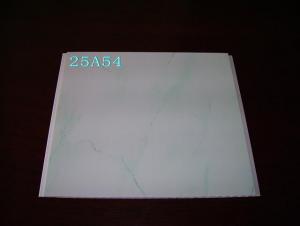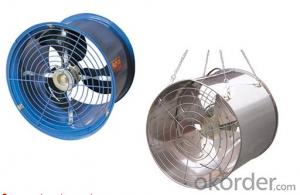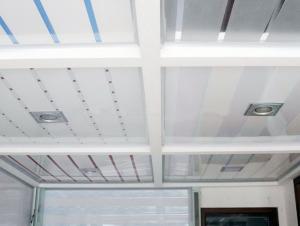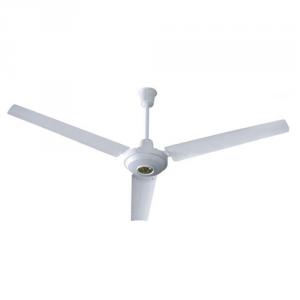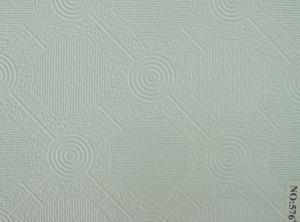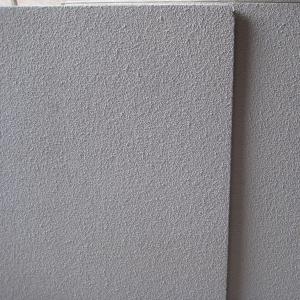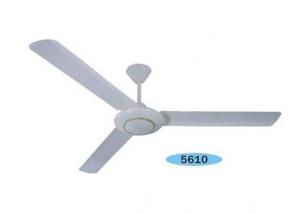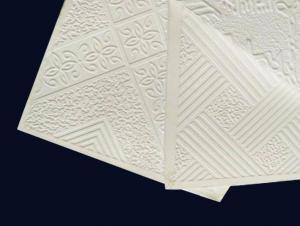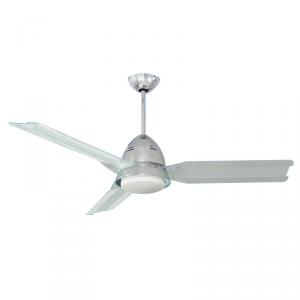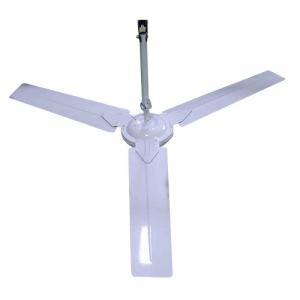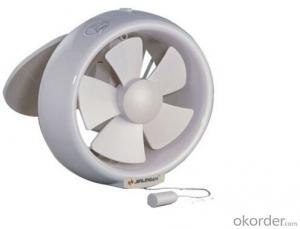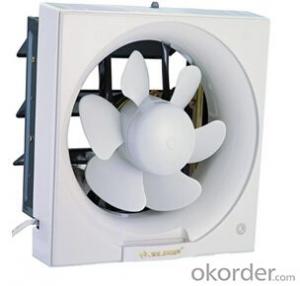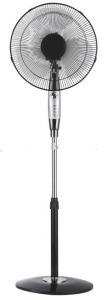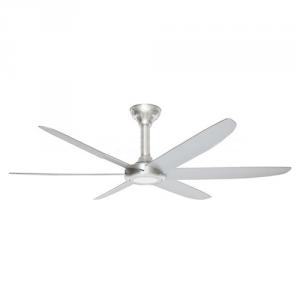Shallow Ceiling Fan
Shallow Ceiling Fan Related Searches
Best Paint For Stainless Steel Paint For Galvanized Steel Steel Frames For Furniture Self Tapping Screws For Steel Wd 40 For Stainless Steel Spray Paint For Stainless Steel Glue For Stainless Steel Drill Bits For Stainless Steel Spray For Stainless Steel Welder For Stainless SteelHot Searches
Steel Mesh Panels For Sale Price For Stainless Steel Scrap Scrap Price For Stainless Steel Price For Stainless Steel Stainless Steel Plate For Sale Stainless Steel Tank For Sale Stainless Steel Sheets For Sale Cheap High Tea Sets For Sale Stainless Steel Tanks For Sale Stainless Steel For Sale High Density Fiberboard For Sale Solar Hot Water Collectors For Sale Scaffolding For Sale In Uae Scaffolding For Sale In Ireland Scaffolding For Sale In Houston Type Of Inverter For Solar Price Of Shipping Containers For Sale Types Of Inverter For Solar Stock Price For Aluminum Steel Mesh Panels For SaleShallow Ceiling Fan Supplier & Manufacturer from China
Okorder.com is a professional Shallow Ceiling Fan supplier & manufacturer, offers integrated one-stop services including real-time quoting and online cargo tracking. We are funded by CNBM Group, a Fortune 500 enterprise and the largest Shallow Ceiling Fan firm in China.Hot Products
FAQ
- What is an electric fan?
- A common household fan essentially belongs to an axial fan, i.e., the direction of the wind is parallel to the rotating axis of the fan blade
- Is the power consumption the same when the fan is used in different gears?
- Asynchronous motor efficiency is a very delicate thing, when the speed is similar to the design speed, the efficiency is very high, when the deviation is large, the efficiency is very low. Therefore, the speed range of the general fan is also very small
- How do you use an electric fan to set up an air distribution system in an air tight room?
- In contrast, outdoor, room because of the enclosure, radiation and heat inside the reasons, in most cases, the temperature will be higher than the outdoor level. In the temperature stratification under the condition of the same, because the overall warmer indoor air temperature smaller, resulting in a lesser level of indoor air pressure difference outside the same distance.
- How much electricity does the ordinary fan use in a day?
- If the fan power is 100 watts / hour, then use 2.4 kwh 24 hours a day
- How to pick an electric fan?
- The advantage of the large fan is that the fan blade is long and the radiating area is large, so the gas flow rate is larger. But if not properly designed, the cooling capacity of a large fan may not be as good as that of a small fan
- Have you been driving the fan, more electricity or more air conditioning?
- Air conditioning costs more electricity, the use of air-conditioning cooling effect, good comfort; use fan is different
- What is the working principle of an electric fan?
- The main components of the electric fan are: AC motor. The working principle is that the energized coil rotates under the force of the magnetic field. Electrical energy is converted to mechanical energy, and, at the same time, due to coil resistance, it is inevitable that some of the electrical energy is converted into heat energy.
- What is the problem of slow fan speed?
- It should be the oil, or the motor is damp

